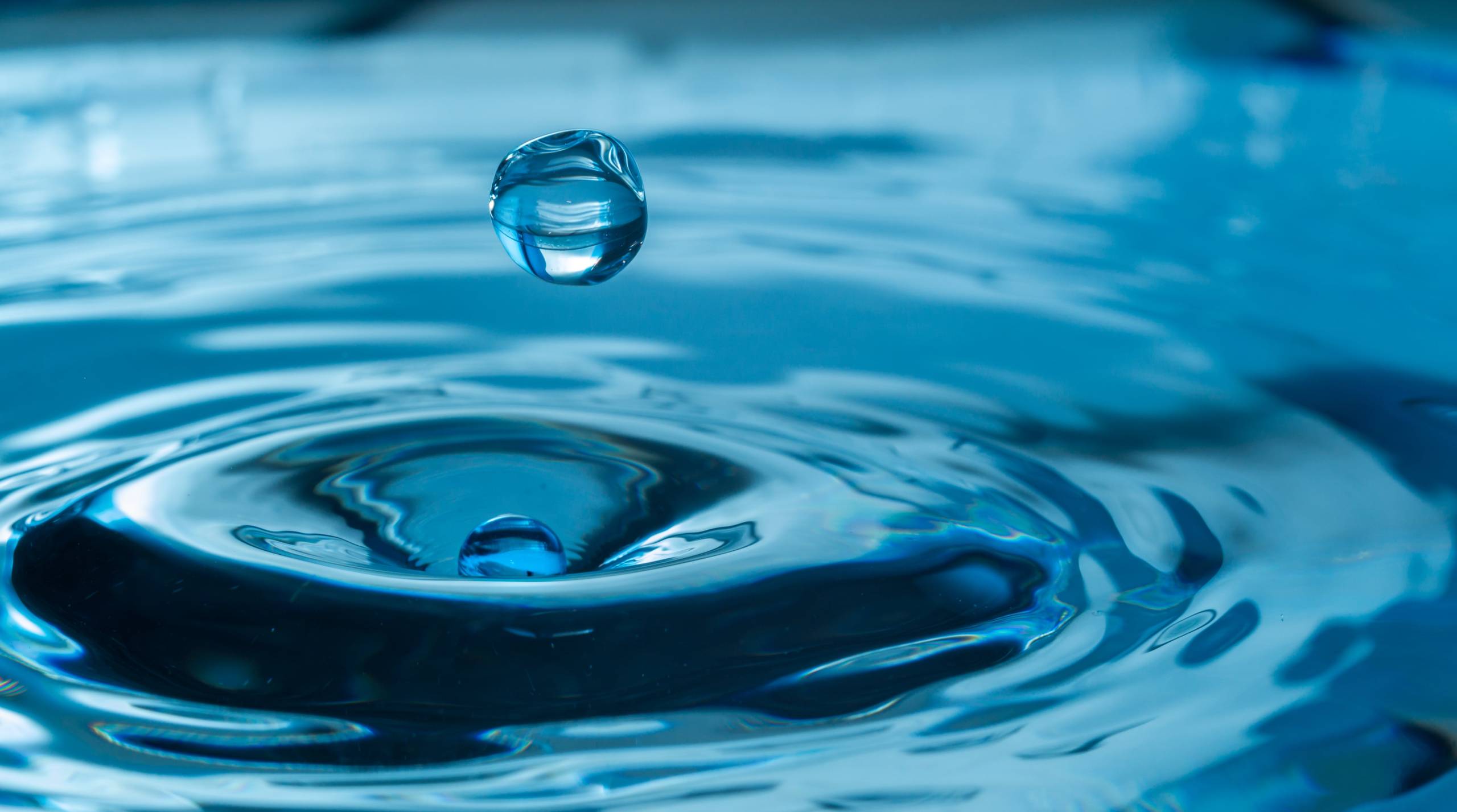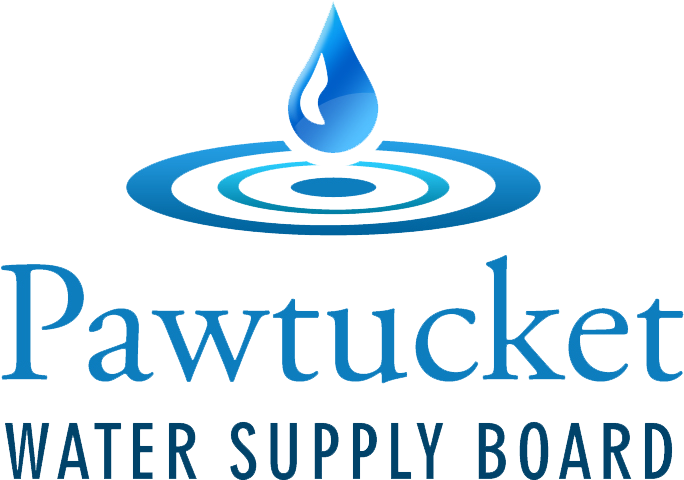Environment and Conservation

Tips on Water Conservation
During droughts or other emergencies, you may be asked to help by conserving water. You’ll be surprised at how much you can save without hardship right in your own home. Some of the economies you can practice at such times are:
- Do the walk test. If the sun is shining, don’t assume you need to turn on the sprinklers! If you’ve gotten a lot of rain this summer, your lawn may be happy with a bit of a dry spell. Rather than relying on the sun, a calendar or clock, let your feet “tell” you when your lawn needs a drink by doing the “Walk Test” – when you can clearly see your footprints in the lawn for several minutes after walking across it, the grass is thirsty. Watering at dawn is healthiest for your grass and conserves water by limiting evaporation.
- Take showers instead of baths – the usual bath requires 36 gal., the usual shower 25 gal.; 20 gal. is enough for a bath, 10 gal. is enough for a shower if you turn if off while you lather.
- Turn water off while you’re shaving – a running tap shave uses about 20 gal., and besides it will steam up your mirror.
- Have flushometer toilets reset to use 3-½ instead of the normal 5 to 8 gal. per flush.
- Reset the float in your tank toilet to turn the water off at a lower level.
- Don’t flush the toilet to dispose of cigarette ashes, soiled tissue, etc.
- Stopper your sink or use a dishpan when washing dishes; a running water wash uses about 30 gal. per meal.
- Don’t leave the water running when you brush your teeth – turn it on only when you’re actually using it.
- Use the basin instead of the shower for your shampoo.
- Keep a bottle of drinking water in the refrigerator – running it until cold will waste a gallon.
- Put your favorite handyperson to work fixing leaks around the home, which can waste about 200 gallons per week. Fixing leaks can add up to about $50 in utility bill savings annually.
- Wait until you have a full wash before running your washing machine.
- Think before you turn the tap.
For more information on saving water, visit:
WaterSense: An EPA Partner Program
WaterWiser: The Water Efficiency Clearinghouse
Please follow this link to view an informative one sheet about how to use your water meter to detect water leaks in your home.
Land Conservation
The Pawtucket Water Supply Board (PWSB) draws its source water from four surface water reservoirs and eight wells located in the Abbott Run watershed. The Abbott Run watershed is approximately 17,536 acres (27.4 square miles) and includes land in both Rhode Island and Massachusetts. The two larger reservoirs, Diamond Hill Reservoir and Arnolds Mills Reservoir, have a combined surface area of 638 acres (1 square mile) and a storage capacity of 4.83 billion gallons.
The PWSB owns 2,046 acres (3.2 square miles) of watershed property and controls another 140 acres through the purchase of conservation easements. A conservation easement allows the property to remain in the hands of the private owner but prohibits residential, industrial or commercial development and subdivisions, and bans other activities damaging to the land and/or water resources. These restrictions are binding on all future owners of the property and ensure that the land will always remain in its natural state. This is important since a pristine watershed will naturally filter pollutants and improve water quality by slowing surface runoff and increasing the infiltration of water into the soil. The result is less flooding and soil erosion, cleaner water downstream, which helps reduce treatment costs, and greater groundwater recharge.
It will continue to be the PWSB’s policy to evaluate properties within the watershed as they become available for purchase of conservation easements or for outright purchase. The PWSB will also continue to look for partnership opportunities with other public or private organizations which have funds available for land conservation. The PWSB will remain diligent in the protection of its source water and the delivery of safe drinking water to its customers.
